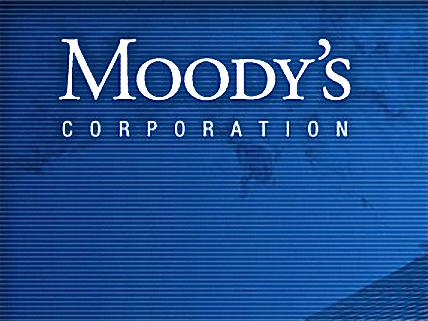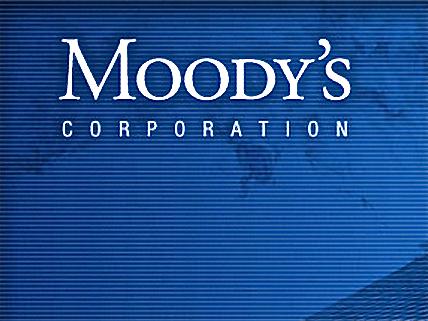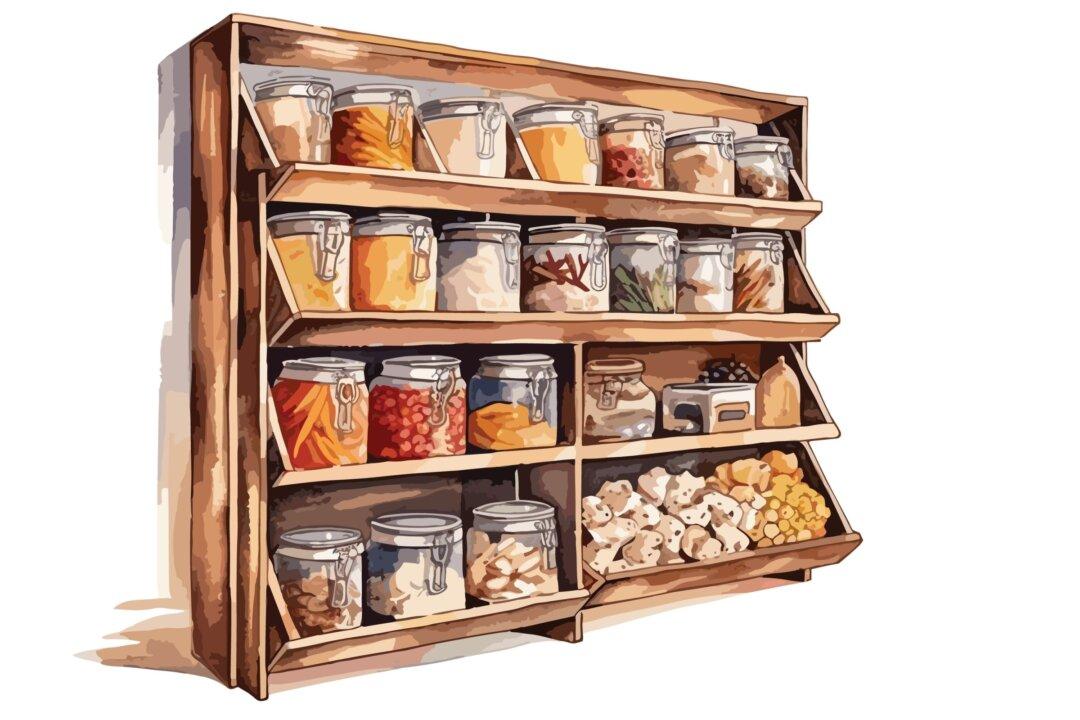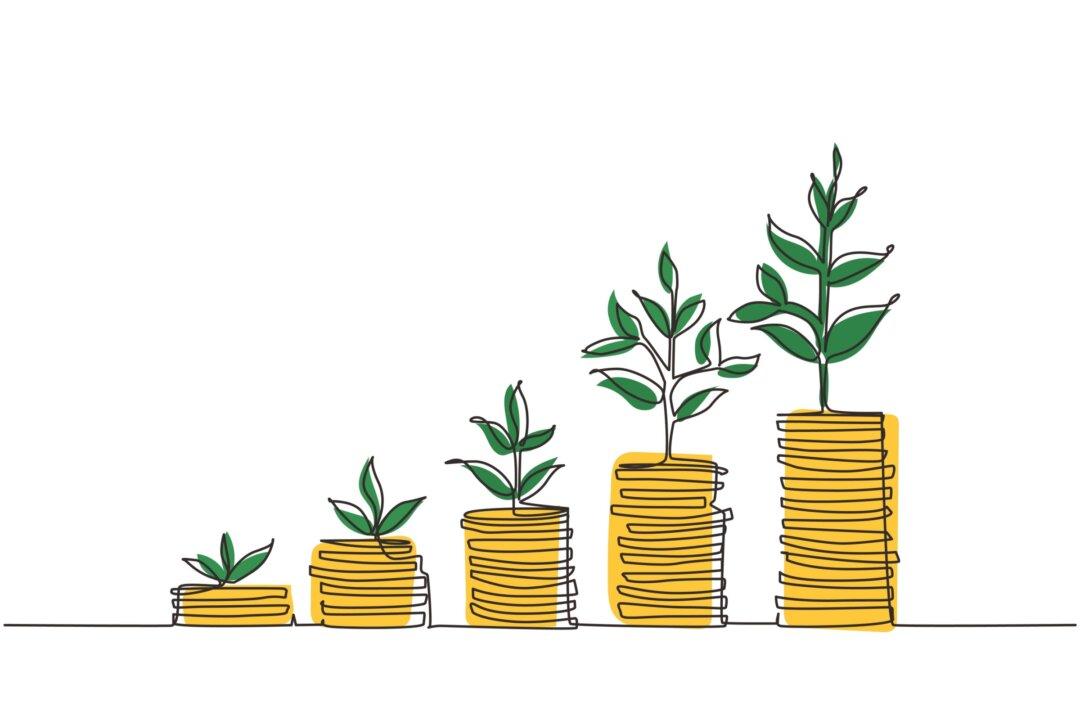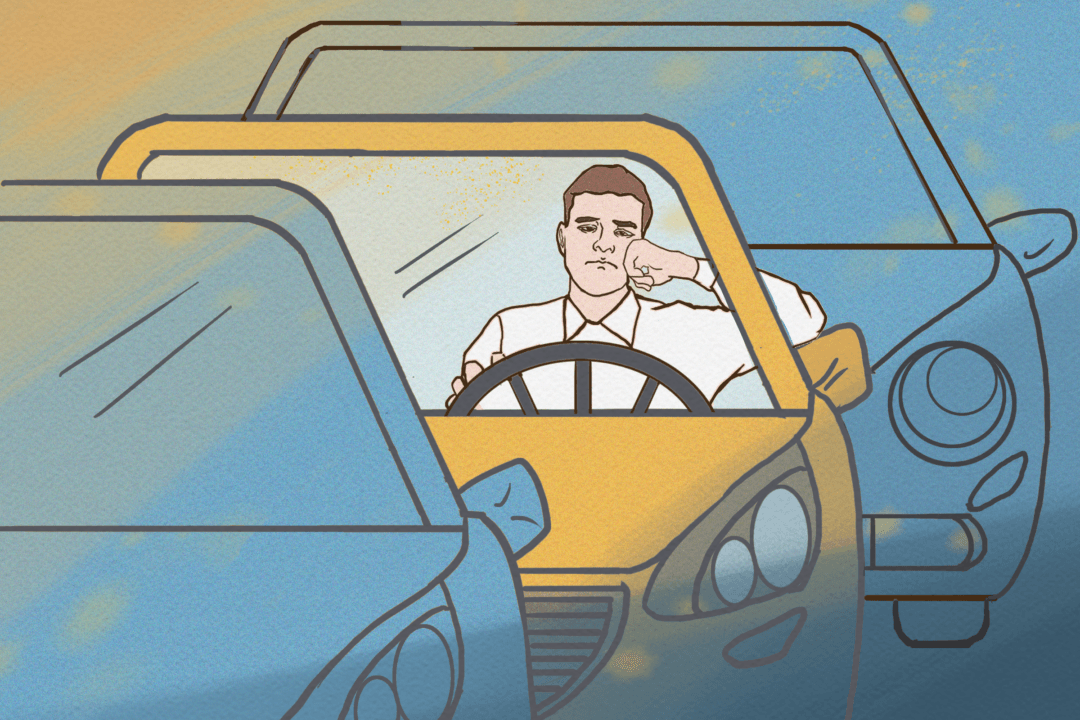Ontario, Canada’s economic heartland, is facing a lack of confidence as credit rating agencies Moody’s and Standard & Poor’s respond to the province’s budget with downgrades.
While Moody’s downgraded the province’s credit rating from Aa1 to Aa2 on Thursday, on Wednesday Standard & Poor’s downgraded its outlook for the province to negative.
With Moody’s downgrade, Ontario joins the lowest of three tiers that provinces sit at.
Alberta and British Columbia enjoy an Aaa rating, while Saskatchewan and Manitoba sit at Aa1. Ontario was downgraded to Aa2, the lowest rating shared by the rest of the provinces.
Ontario previously sat at Aa1 with a negative outlook, an outlook that was fulfilled. The Aa2 rating is considered stable, said Assistant Vice President Jennifer Wong, lead analyst for the Province of Ontario.
In other words, further downgrades are not expected.
“The downgrade of Ontario’s rating reflects the growing debt burden and the risks surrounding the province achieving its medium-term fiscal plan given the subdued growth outlook, extended timeframe back to balance, and ambitious expenditure targets,” said Wong.
Moody’s was looking for more spending restraint given the “subdued growth outlook” and said the province’s ambitious plans to rein in deficit spending were overly optimistic.
With the previous five years averaging 7 percent increases in expenses, the prospect of bringing that down to 1.9 percent from now to 2015 and then to 1.1 percent through to 2018, as outlined in the budget, didn’t strike the agency as likely.
The ratings agency said there were “significant risks” to the province’s “ambitions expenditure targets” aimed at stabilizing and reversing the recent accumulation of debt.
With a debt that sits at 215 percent of consolidated revenues, Ontario is at the high end of debt burdens among Canada’s provinces.
Despite the downgrade, Ontario still has a robust economy and productive tax base, combined with low interest rates, noted Moody’s.
Ontario currently represents 38 percent of Canada’s GDP, compared to 20 percent for Quebec, 16 percent for Alberta, and 13 percent for B.C.
